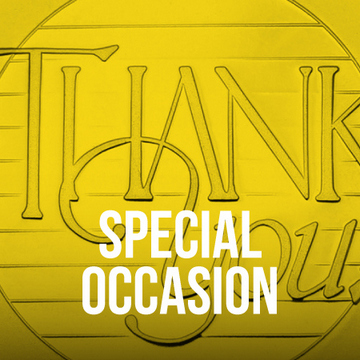
As the public grew more and more displeased with the Seated Liberty design that was featured not only on the dime, but also the half dime, quarter dollar, half dollar, and silver dollar. While new designs for the coins would be submitted throughout the years, none of them were used. However, with the distaste growing, the United States Mint would discuss a public competition for the new designs to grace the face of the dime as well as the quarter dollar and half dollar.
Barber Dime (1892-1916)
Chief Engraver Charles E. Barber reported to Mint Director James Kimball at that time that no one was capable of helping him with the new task and famous sculptor Augustus Saint-Gaudens telling him that only four men were adequate enough to take on the redesign and all three, besides him, were located in France. Kimball would still insist on finding the right talent within the United States. Instead, a panel of ten top-tier artists and sculptors of the time were brought together to judge what the best designs would be for the new coinage. However, the panel would reject the competition and in turn, Kimball would open the competition to the public. Over 300 designs were submitted and out of those, only two were given an honorable mention.
Kimball’s successor, Edward O. Leech avoided the problems associated with getting the new designs done and would direct Barber to create them which is what Barber wanted all along. He would modify the design used on the Morgan Silver Dollar but adding a cap and shortening Liberty’s hair. He also placed his initial (‘B’) on the truncation of her neck. The reverse would use almost the exact same wreath seen on the Seated Liberty.
The first of the Barber dimes were struck in January of 1892. Over 12 million were struck in that first year with nearly half a billion dimes being struck over the next 25 years. Dimes were struck at Philadelphia, Denver, New Orleans, and San Francisco. Although successful when it came to design simply for its ability to be produced quickly and meet striking requirements, the Barber coinage series would only last the 25-year minimum requirement needed to invoke a new design change.
Winged Liberty Head “Mercury” Dime (1916-1945)
The idea and success of the Mercury dime would encapsulate the change of pace and America’s new spirit when it first came on the scene in 1916. As the Barber dime would reflect the 19th century, the turn of the century would welcome a new set of designs that would symbolize vitality and refresh United States coinage. The Mint would not waste time with the “out with the old, in with the new mentality” as preparation for the new designs would start in 1915 with Mint Directly Robert W. Woolley inviting sculptors Hermon A. MacNeil, Albin Polasek, and Adolph A. Weinman to create designs for three silver coins (dime, quarter, half dollar) being replaced in the coming year. The initial intent of the three designers was that each would be attributed to one of the coins. However, Weinman was chosen for both the dime and half dollar while MacNeil was chosen for the quarter dollar.
Weinman was a German-born artist who came to the United States at the age of 10. He would study under Augustus Saint-Gaudens and by 1915, would curate a reputation as one of the leading young sculptor’s in America. His Winged Liberty portrait on the obverse of the dime is said to have been based on a bust he created in 1913 of the wife of well-known poet Wallace Stevens. The reverse of the dime features a fasces, or an ancient symbol of authority. The ax and olive branch alongside the faces is to represent preparedness and peace. At the time, World War I was at its height in Europe and the themes present in the dime were meant to evoke emotion during the stressful times. To this day, the Mercury dime is considered one of the most beautiful coins in United States coinage history.
The Mercury dime would go on to be produced for nearly 30 years. In its first year of production, over 22 million were struck. They were minted at Philadelphia, Denver, and San Francisco. The dime served the nation during World War I and through the Great Depression. It would end its reign in 1945 after the end of World War II. With the death of President Franklin Delano Roosevelt occurring in 1945, the dime would see an upgrade with the former President’s portrait. With active and significant support of the March of Dimes campaign against polio, the dime seemed the fitting denomination to honor the late President.
Roosevelt Dime (1946-Date)
As the Second World War was ending and victory was coming after years of conflict, the nation would come to mourn the passing of President Franklin D. Roosevelt in April of 1945. Plans were quickly made to honor the late president as his portrait was to be placed on the dime. The design for the new coin was put up to Chief Engraver John R. Sinnock and initial models were presented in October of 1945. The Commission of Fine Arts rejected the designs though and recommended that an invite-only competition between five accomplished sculptors should take place. However, that idea was rejected by Mint Director Nellie Tayloe Ross (the first and only woman Mint Director) and gave Sinnock the chance to rework his initially rejected designs. He would make minor adjustments and at the last possible moment, they would be finalized and approved in January of 1946.
After the designs were approved, coinage and production began immediately. Over 255 million dimes were struck in 1946 alone. No major changes occurred over the years except for the change from 90% silver to copper nickel clad after 1964. The dimes have been minted at Philadelphia, Denver, and San Francisco.
Source: NGCCoin.com; The Official 2022 Red Book







